Key in a search term below to search our website.
Key in a search term below to search our website.
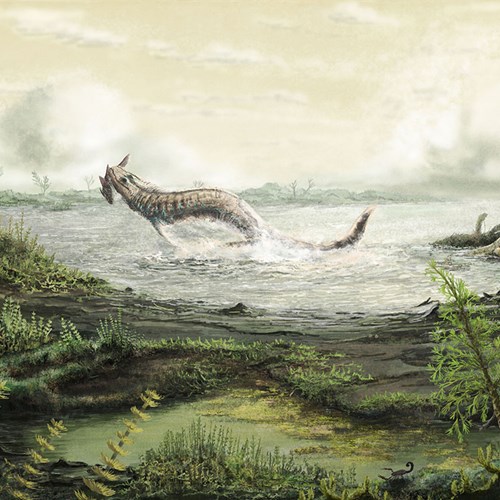
If the first four-legged animals had never emerged from water onto land, our world today would not exist. Yet how did this great step happen? The mystery is finally being solved – and fossils discovered in Scotland lie at the heart of the story.
View
Models of industry: how a 19th century Scottish woman was inspired by Indian technology
View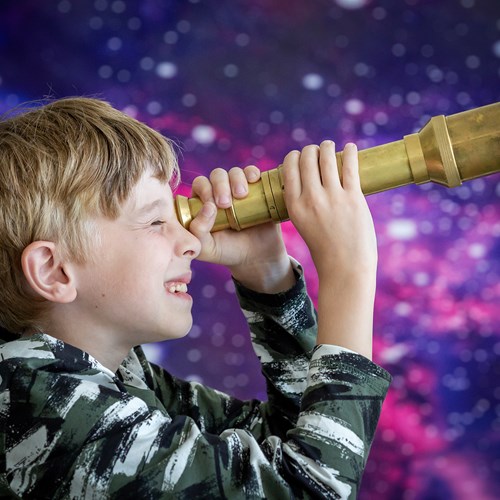
Calling all inquisitive kids aged 7 -11! Our popular Curiosity Clubs are back for more adventure, discovery and fun.
View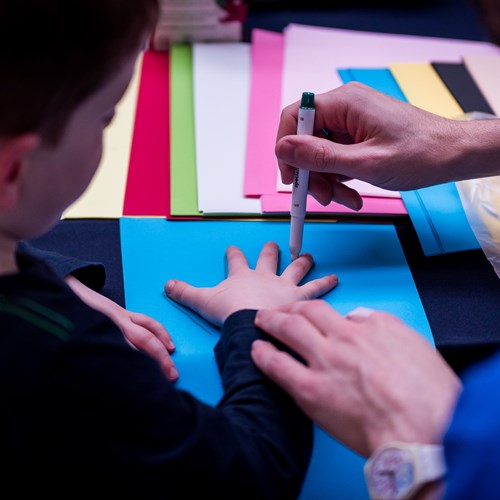
Exciting, hands-on sensory play sessions for children with additional support needs.
View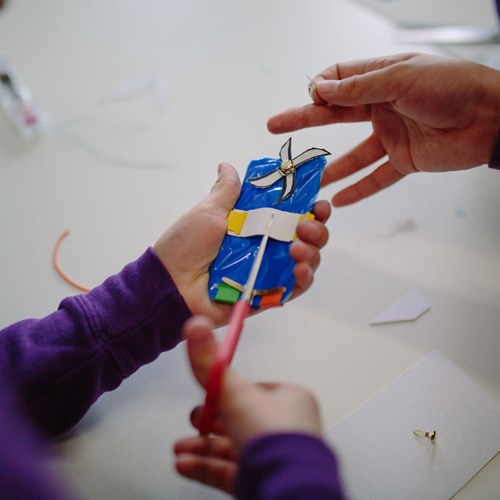
Discover more about the Circular Economy through the work of young people across Scotland, led by Ostrero.
View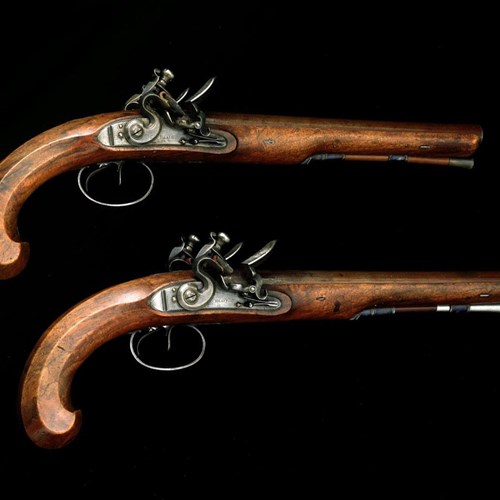
This prized set of pistols belonged to Robert Burns, Scotland's national Bard. Find out why.
View
These medieval chess pieces from the Scottish island of Lewis are among our most popular collections. They give us fascinating insights into the international connections of western Scotland and the growing popularity of chess in medieval Europe.
View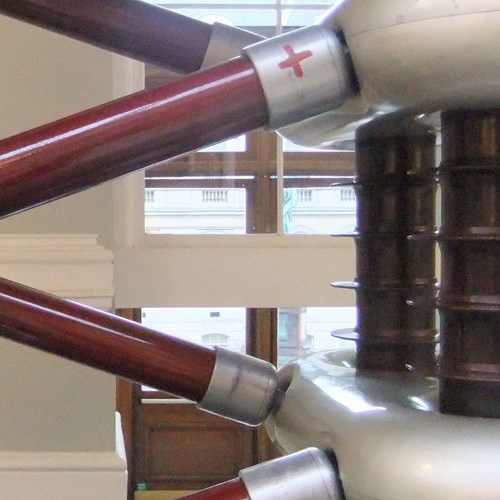
The Cockcroft-Walton generator was developed at the University of Cambridge in the early 1930s to accomplish the first artificial splitting of the atom.
View
Head outdoors and see how many brilliant birds you can spot with the help of some bright binoculars! Learn how to make them here!
View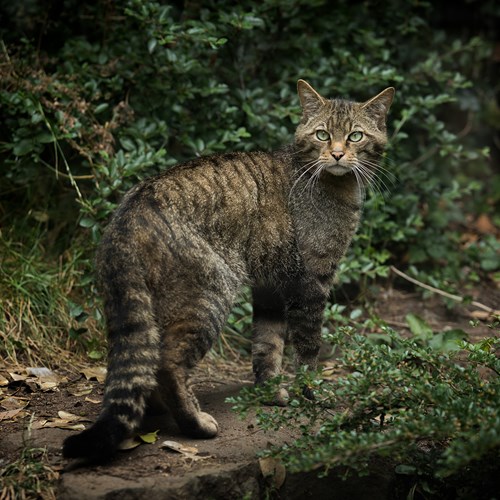
Learn how museums and zoos are helping to conserve endangered species through CryoArks – the UK’s national bank of frozen animal material.
View
Phosphorus, one of the elements in Apatite, is used to make chips and microprocessors in mobile phones.
View
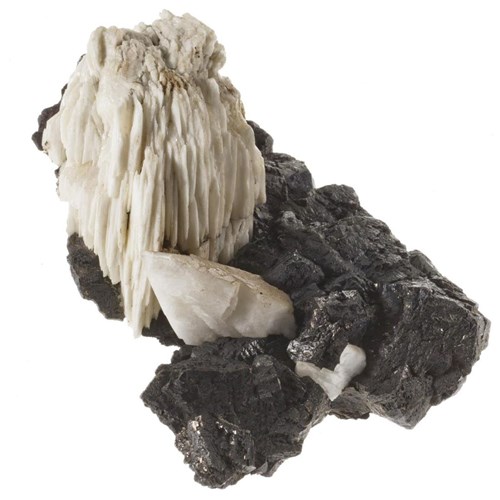
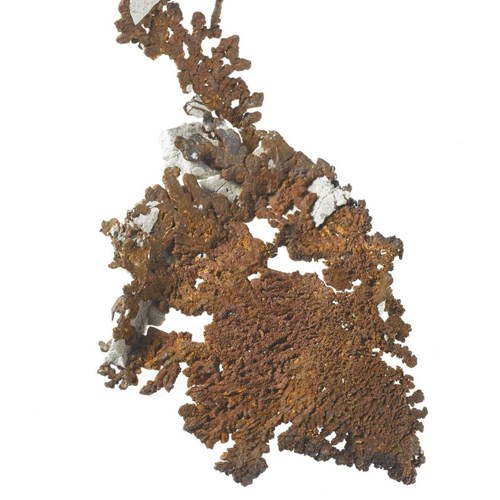
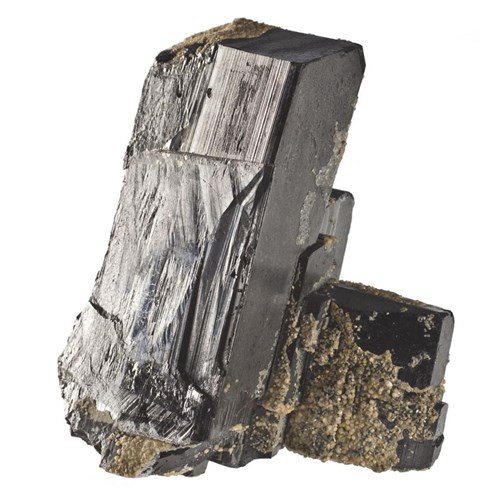
Tungsten, found in the mineral wolframite, is used to make the speakers and microphones in mobile phones.
View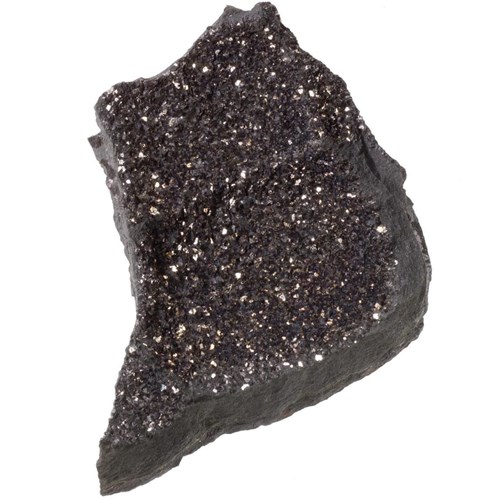
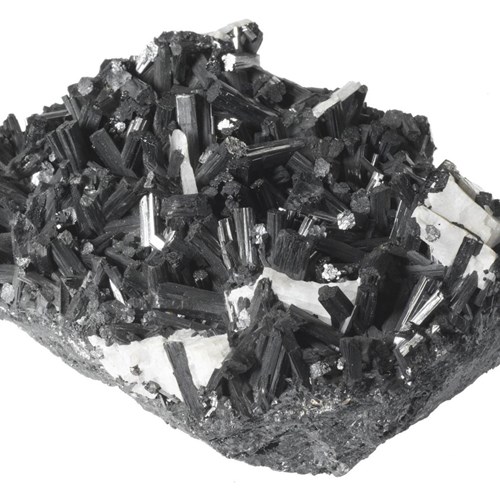
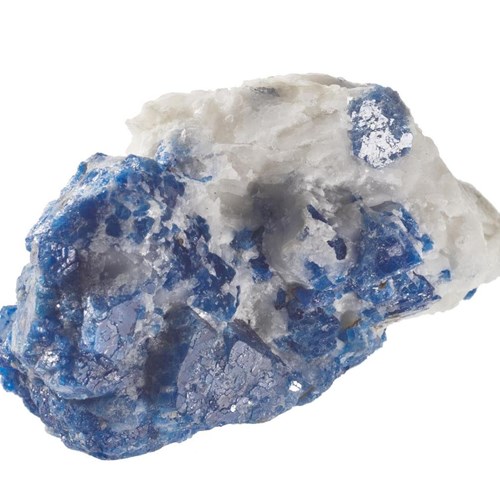
Cobalt, found in the mineral cobaltoan spinel, is used in mobile phone batteries.
View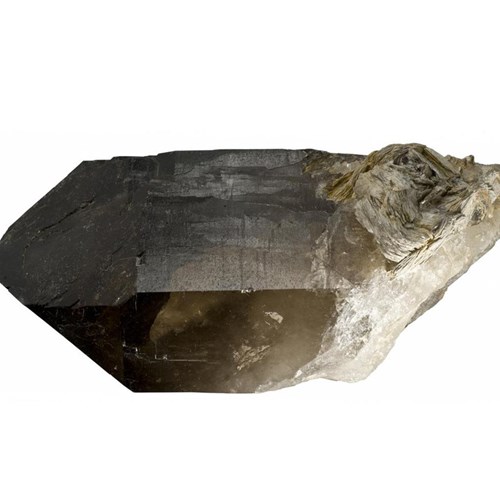
Silica, an element found in quartz, is used to make chips and microprocessors in mobile phones.
View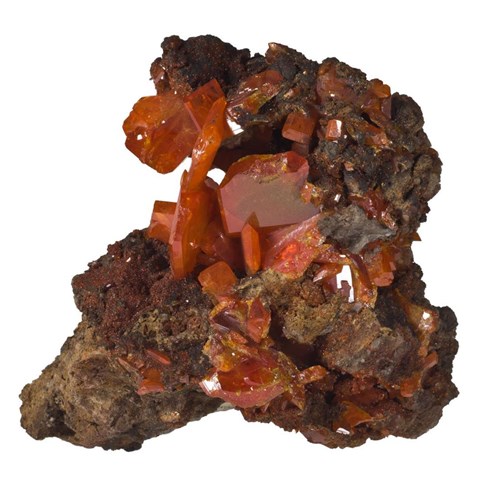
Wulfenite contains the element molybdenum, which can be used to make connectors and wires in mobile phones.
View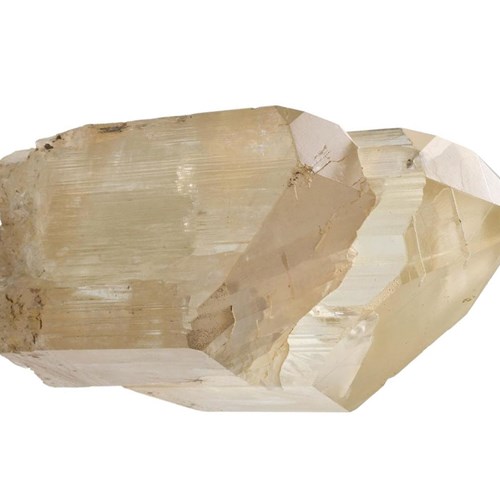
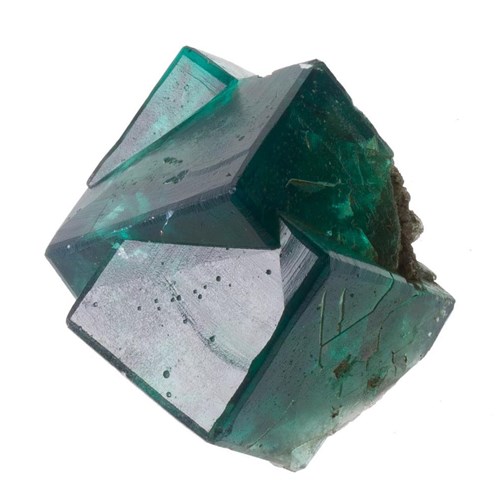
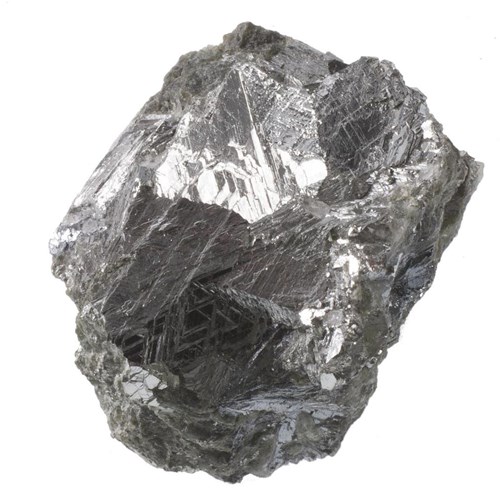
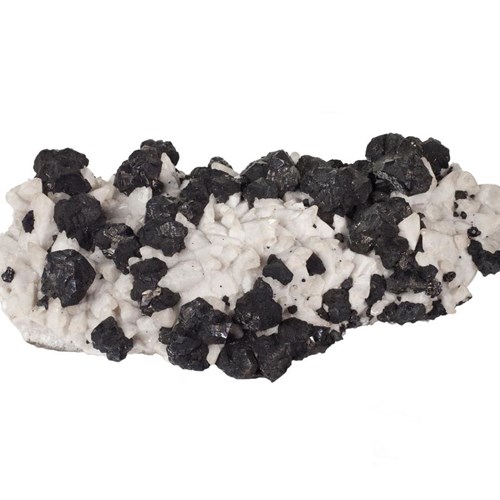
Sphalerite can contain three elements used in mobile phones: zinc, indium and gallium.
View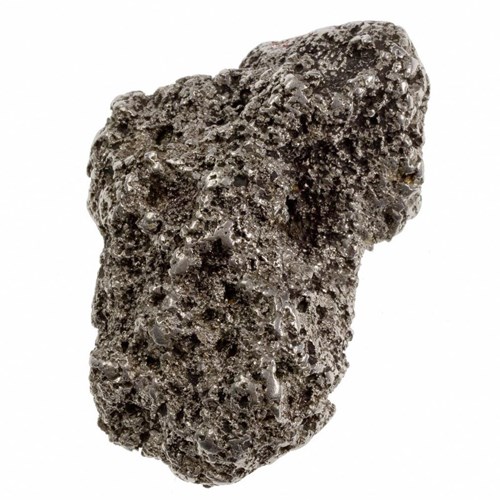
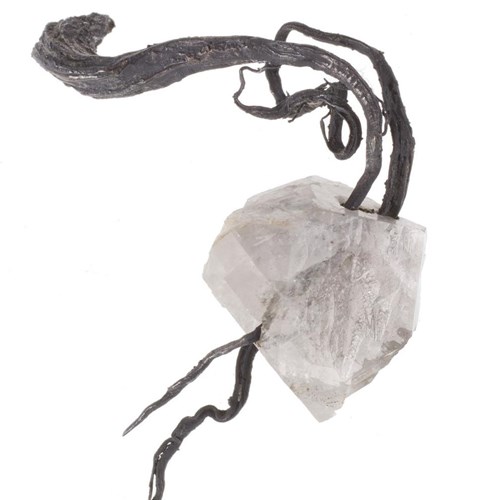
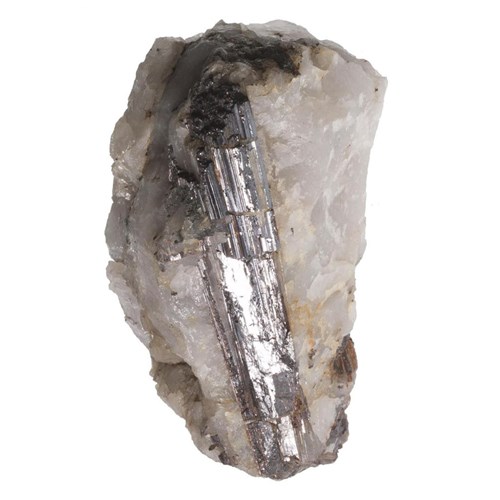
Titanium, an element found in the mineral rutile, is used to make mobile phone cases.
View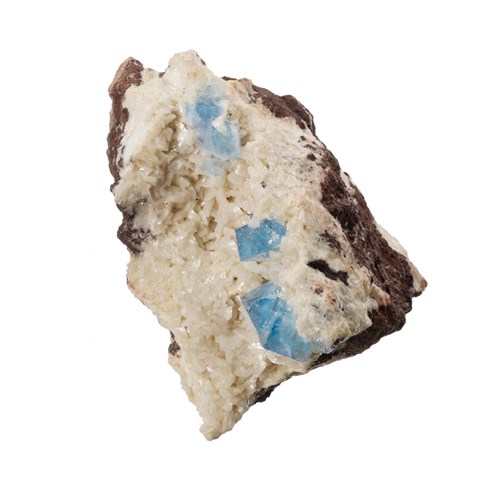
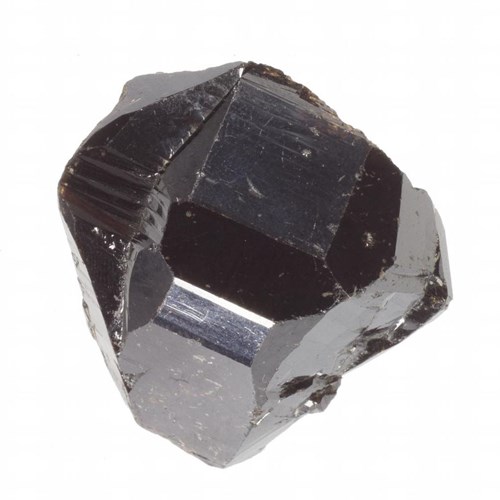
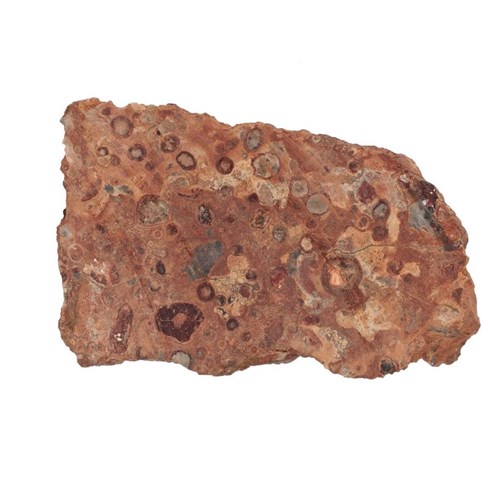
Aluminium, one of the elements in Diaspore, is used in mobile phone circuitboards.
View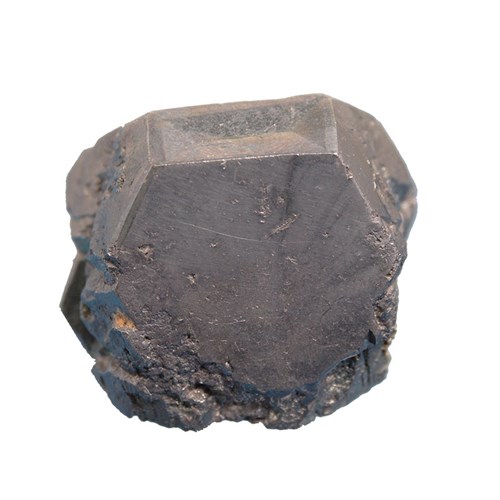
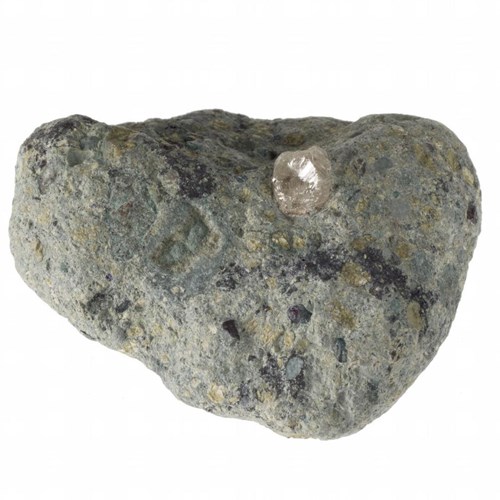
Diamond is a form of carbon, an element used to make electrodes in mobile phone batteries.
View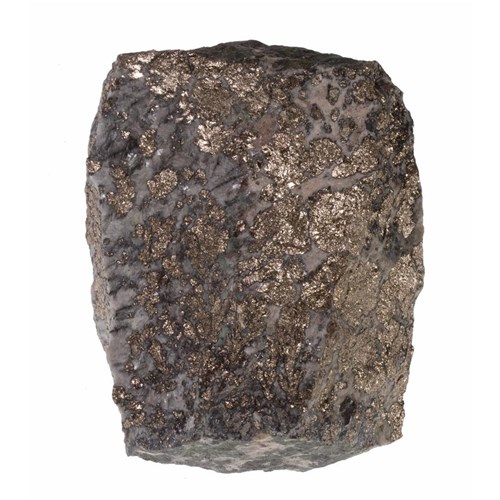
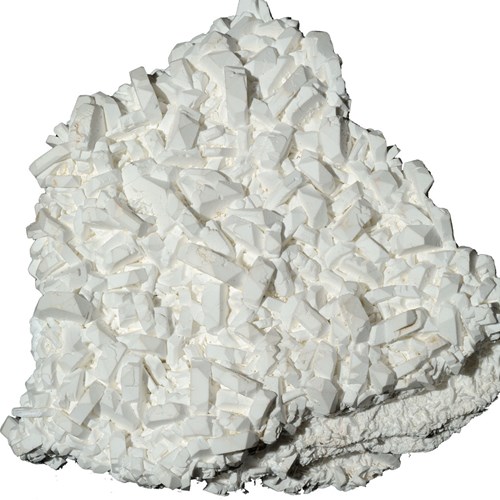
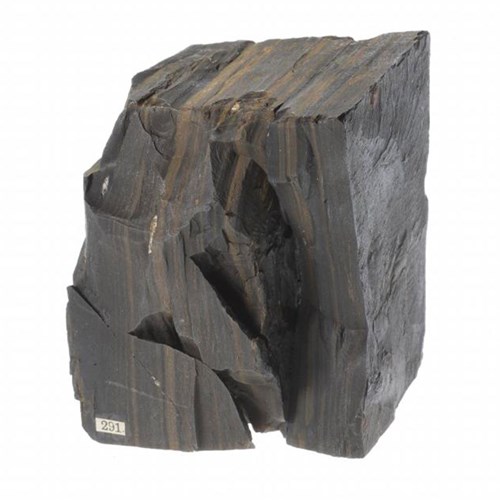
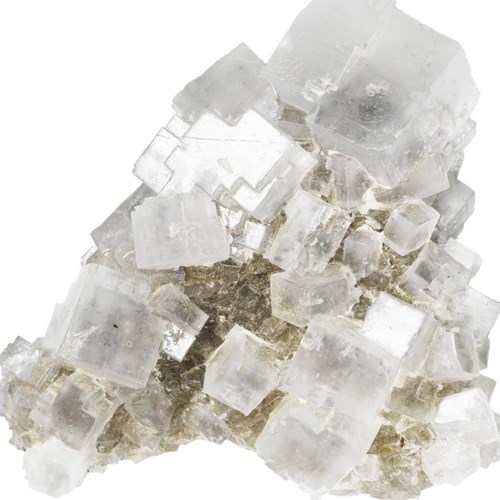
Sodium and chlorine, both found in halite, can be used in mobile phone touchscreens and cases.
View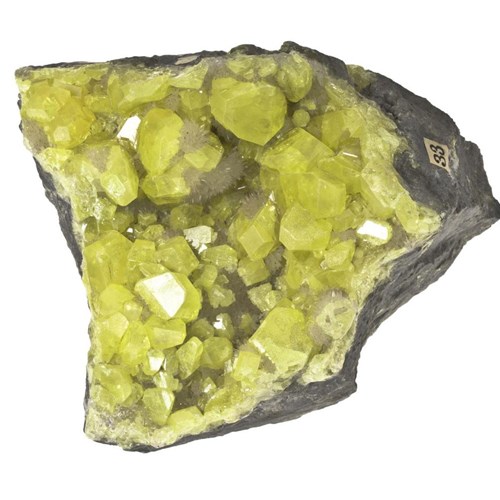
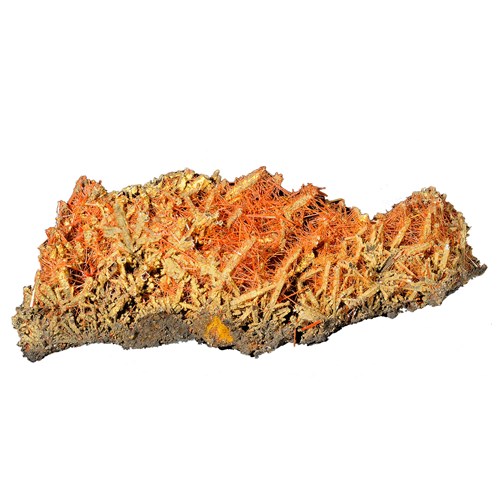
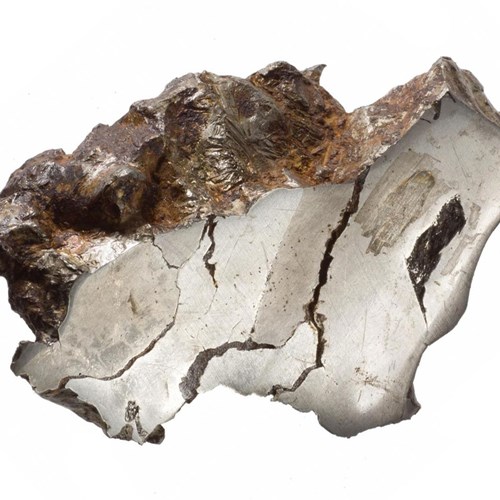
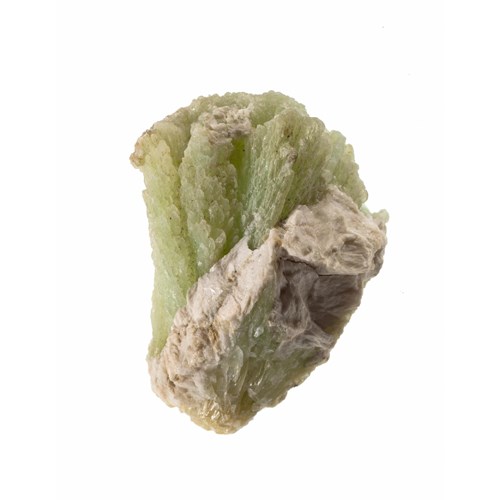
Strontianite contains strontium, which is used in mobile phone circuitboards.
View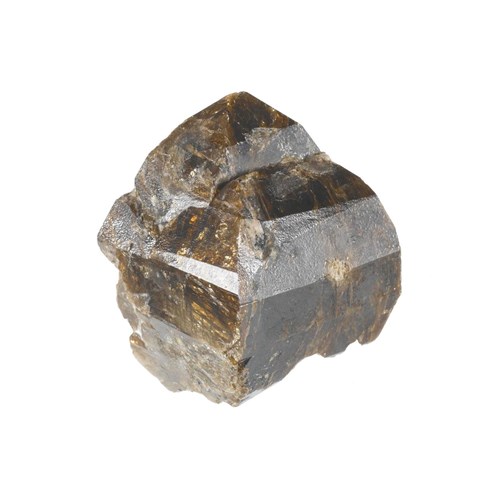

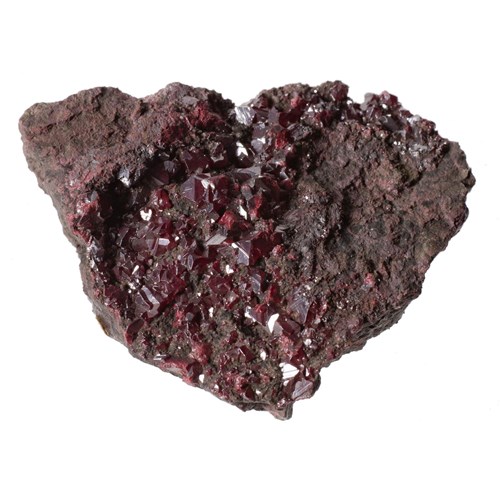
Cinnabar contains the element mercury, which can be found in mobile phone circuitboards.
View